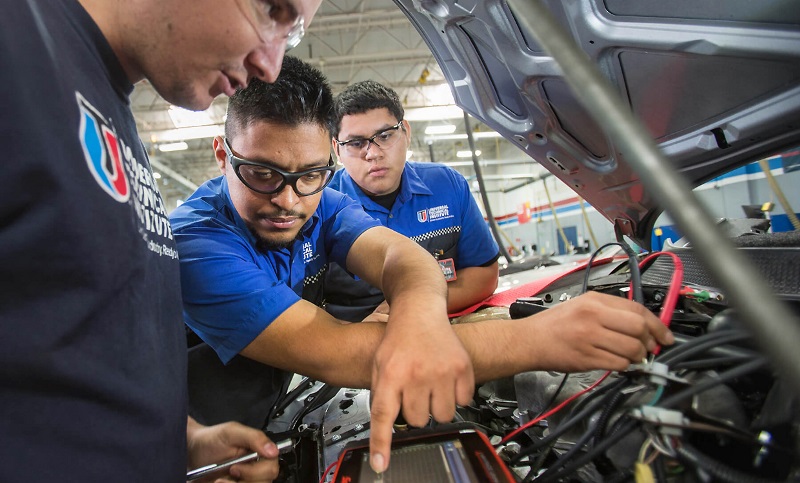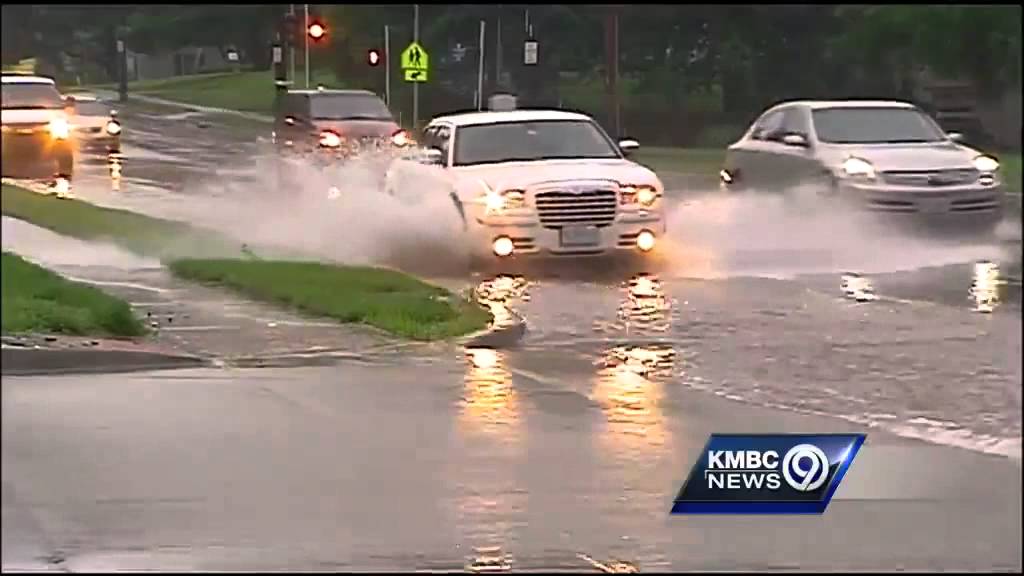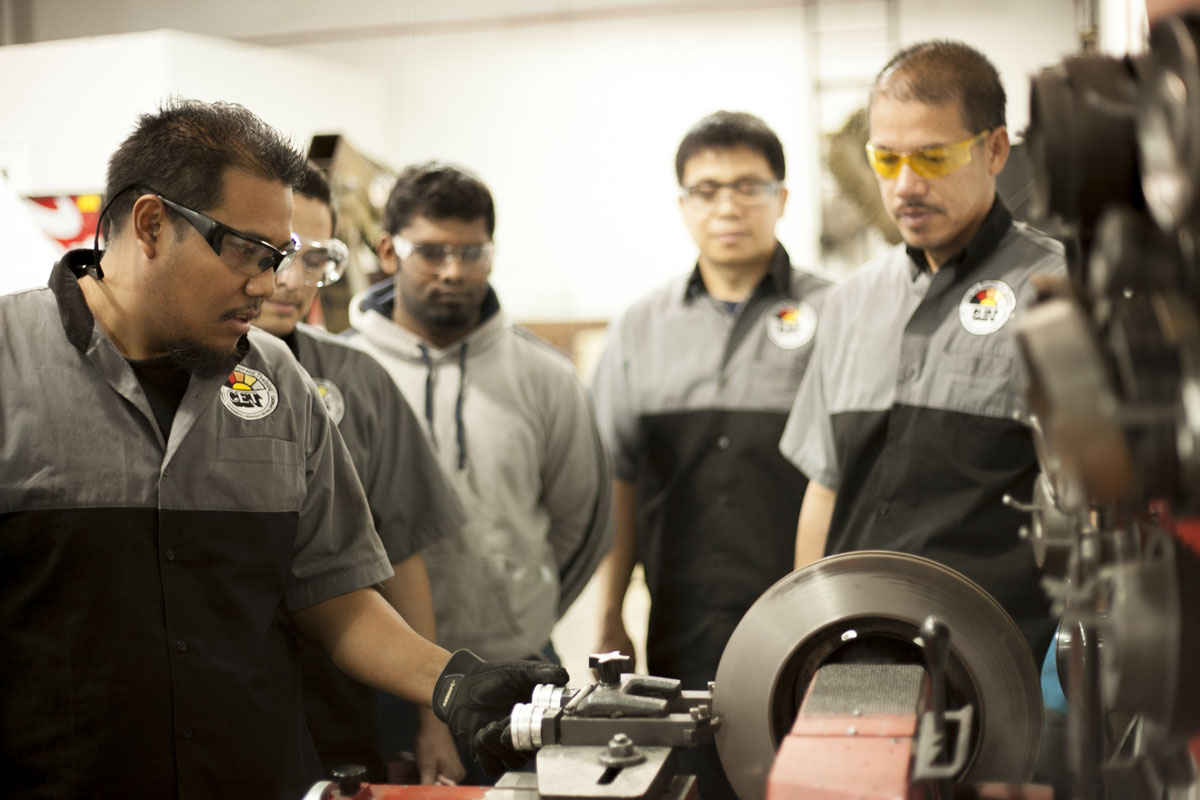
The answer to the question, "Does the check engine lamp have to be on to receive codes?" It all depends on the problem. You don't need to use the check engine light for non-emissions issues like low oil pressure. If your engine is having problems, you don’t need to have the CEL lit in order to pull codes.
For non-emissions related issues, you don't need a lit check motor light to pull codes
OBD codes may not be able to diagnose every problem. These codes indicate the general problem that caused the Check Engine Light's appearance. These codes consist of a number of letters and numbers that indicate an issue with the vehicle's emission system. Some codes, such "0300", are just one-digit numbers. Others are multiple numbers starting with 00 through 99.

It is easy to check these codes manually. The fault codes are stored on most vehicle models. A simple Bluetooth-powered device or a handy app can help you read and interpret these codes. This information can help you save time and money. Consult your local mechanic or auto part store if you have any questions.
Low oil pressure
Low oil pressure check engine lights will be illuminated while your vehicle's in motion. You may hear a clicking sound if your oil pressure is below 5 or 10 PSI while the vehicle is in motion. This could indicate a problem in your oil pressure sensor. If your vehicle's oil pressure is low, it can lead to expensive engine damage. If your vehicle's oil pressure drops to dangerous levels, it is best to stop driving it and bring it to the mechanic.
To identify what is causing your engine to display this error code, you should first check the level of oil in the vehicle. If your oil is clean, you can check the oil level. Check the maintenance history of your vehicle in order to determine whether there are any issues. You can also access your mechanical oil pressure gauge to verify the correct oil pressure in your engine. You also need to check the wiring and connections.
Engine failure
A misfiring engine code indicates that your car is experiencing issues with the combustion process. Your car might jerk if it has a misfire. It could be caused by a malfunction in the oxygen sensor or the mass airflow sensor. Another possible cause is a malfunction in the fuel delivery system. The good news is, there is a cheap way to diagnose this problem. The diagnostic trouble code reader will help you pinpoint the exact problem.

The misfiring problem is often triggered by the incorrect air/fuel mixture. The misfiring problem can be caused by a defective oxygen sensor, an ineffective single injection, or even a vacuum leaking. It is important to inspect the engine compartment thoroughly in order to find the cause. A few common symptoms include small backfires, irregular engine revs, or unusual sounds coming out of the engine bay.
FAQ
What should I know about car mechanics
To work as an auto technician, you don’t need to know much about cars. The only thing you need is the ability to fix them. Most people begin by changing brake pads and tires, before moving on to more complicated repairs.
You will need to understand written instructions, read diagrams and follow the basic rules of good practices. You must also be able judge if parts need to replaced or repaired.
It's important to remember that you shouldn't attempt to repair vehicles without having received proper training and guidance. This is especially important if you work with expensive parts such as transmissions or engines.
Although you won't have to know much about automobiles, you must be familiar with the basics of mechanical engineering as well as physics. This means understanding the principles behind how engines work and how brakes function.
It is also important to remember that you will need to be able to handle many situations. One example is when you could be working on a vehicle involved in a serious crash. Also, you'll need to be familiar with dealing with accidents or breakdowns.
You should also be open to learning quickly. In order to be able diagnose and fix problems, you will also need to know how to do simple maintenance tasks such tightening bolts.
Do I need to have a degree to work as an automotive mechanic? What about part-time study?
A degree isn't necessary, but it certainly helps. Employers are more likely to hire candidates who have completed a complete degree. It shows you are dedicated and have worked hard to achieve your goals.
But, this doesn't mean you have to stop working while studying. Some universities permit students to do coursework during summer holidays and complete their studies later in a year. Some universities allow students to take part-time classes throughout the year.
What jobs are available for car mechanics?
There are three main areas of employment for car mechanics:
-
Automotive repair shops
-
Dealerships
-
Independent garages
Automotive repair shops
This is where most people first think of becoming a mechanic. This is the best way to get started. Either you can work in a shop that is owned by another person or start your own business.
If you choose to work at a store, you need to join a union. After you are accepted to the union, you will receive training from it.
You'll be ready for work once you have completed the training.
You will need to register if your garage is going to be open. After registering, you'll be required to meet certain standards.
After you have registered, you will be issued a license to operate your garage.
Your license will allow you to sell spare parts and do minor repairs. You can't fix major engine problems with your license.
Apart from selling spare parts, customers will also expect you to provide guidance and advice.
Dealership jobs
Most dealerships only employ mechanics who have a specific skill set. For instance, they may only be qualified to fix brakes or change tires.
However, dealerships may also employ general mechanics who are able to handle all aspects related to car repairs.
These positions often require applicants to undergo specific training before being allowed to work. Employers are able to choose which candidates will best suit their position.
Some dealerships will even hire graduates right out of university. These graduates already know the basics of mechanical engineering and therefore have no problem learning about cars.
Independent garages
Independent garages are not associated with any one dealership. They are more focused on providing top-quality service.
Independent garages have the ability to afford higher wages, as they aren’t associated with any one company. This makes them generally more well-paid than jobs at dealerships.
However, independent garages may not be better places to work. Many owners prefer to control their businesses themselves, rather than delegating it to employees.
It is possible to work long hours, but not have any control over the day.
Additionally, you should expect to earn lower wages if employed by a dealership.
You can switch jobs easily. If you want to work at a dealership, then you simply need to ask your current employer if he would consider hiring you as a mechanic instead.
Alternativly, you can apply directly to the garage owner if you are interested in working at an independent garage.
Unfortunately, finding a new job can be difficult. You can earn more depending on many other factors.
For example, the type of vehicle you repair and whether you charge extra for labor.
How long is an automotive course?
An automotive course is three years long.
The first year is spent learning about cars and theory. Practical training is the second year. You will learn to drive, fix engines and perform other tasks around the car. The final year is spent doing a placement at a local garage, which gives you experience in fixing real-world problems.
Statistics
- 52% of Mechanics in the United States think their salaries are enough for the cost of living in their area. (indeed.com)
- Apprentice mechanics earn significantly less hourly than mechanics who have completed training, with a median wage of approximately $14.50 an hour, according to PayScale. (jobhero.com)
- There were 749,900 jobs available for automotive service technicians and mechanics in 2016, which is expected to grow by six percent through 2026. (jobhero.com)
External Links
How To
How to correctly diagnose your vehicle for repairs
You should first examine the symptoms your car is showing to determine if it requires repairs. These steps will help you diagnose your car properly.
-
Check engine lights. The dashboard light indicators, including the engine light, oil pressure gauge, battery light indicator, coolant temperature gauge and RPM gauge, should be checked. If they have been flashing for more days than usual, it could be a sign that something is wrong with the vehicle.
-
Inspect the tire treads. Tires with worn treads could cause problems when handling or braking. It is also important to inspect the wheel treads. They should look clean and be smooth. You can do this by taking off the wheels. You can check the tread wear with a flashlight.
-
Observe the brake fluid level. You must keep track on the level of brake fluid in your vehicle. This helps ensure that your brakes operate properly. If your brake fluid level is low they might not work properly when you apply pressure.
-
You should test the suspension system. A suspension system is designed to absorb vibrations and shocks. It improves control and allows for smoother accelerations or decelerations. If your vehicle has a suspension problem, it might feel wobbly or shake uncontrollably. If you are unsure if your vehicle is suffering from a suspension problem, put weight on the front and rear axles to check the movement.
-
Examine your steering column. Steering columns are used to connect the steering wheel to the rest of the vehicle's components. Accidents often damage steering columns. If yours feels loose or shaky, you should replace it.
-
Observe the exhaust pipes. Exhaust pipes move gases from combustion chamber to atmosphere. Exhaust pipes that are cracked or leaking can allow harmful fumes to enter your cabin. If your tailpipe bends, it is important to fix it immediately.
-
Look under your hood. If you see anything unusual, take a look under the hood. There could be fluid leaking from your engine. If you smell something strange coming from your engine compartment you should call a professional technician.
-
You should inspect your air filter. The vehicle's outside environment may cause the air filter to collect dust and debris. A dirty filter can lead to a poor vehicle's performance. Replace your air filter regularly.
-
Check the fan belt. The fan belt that connects your vehicle to the transmission is called the engine fan belt. The engine will not turn if the fan belt breaks. It's easy to replace the belt. All you need to replace the belt is a screwdriver with pliers.
-
Verify the radiator hoses. The radiator hose carries water from the radiator to the engine. If the hose becomes damaged or cracked, hot liquid can be emitted onto the engine. You only need a pair of needle-nose pliers and a small wire brush to repair the hose.
-
Be sure to inspect your windshield wipers. Windshield wipers work by using electricity to remove rain and snow. If they stop working, they could leave streaks on your window glass. Change the washer fluid to fix the problem.
-
Check the battery cables. The battery cables provide power for the electrical systems in your car. Before you change batteries, disconnect the positive cable. Failure to do so can damage your alternator.
-
Pay attention to your headlights. The headlights provide illumination for the road ahead. Poor visibility can result if the headlights don't function properly. You can check the bulbs to make sure they aren't burned out.
-
Make sure you have your lights on. If you approach other drivers at night, lights will warn them. You could be distracted and cause an accident if one does not work.
-
Check your brakes. Before you collide with another vehicle, brakes will slow down the car. You may lose control of your vehicle and crash if the brakes don't function properly.
-
Check the oil regularly. Oil keeps your engine lubricated. It helps prevent metal parts from wearing out too quickly. Changing the oil every month is recommended.